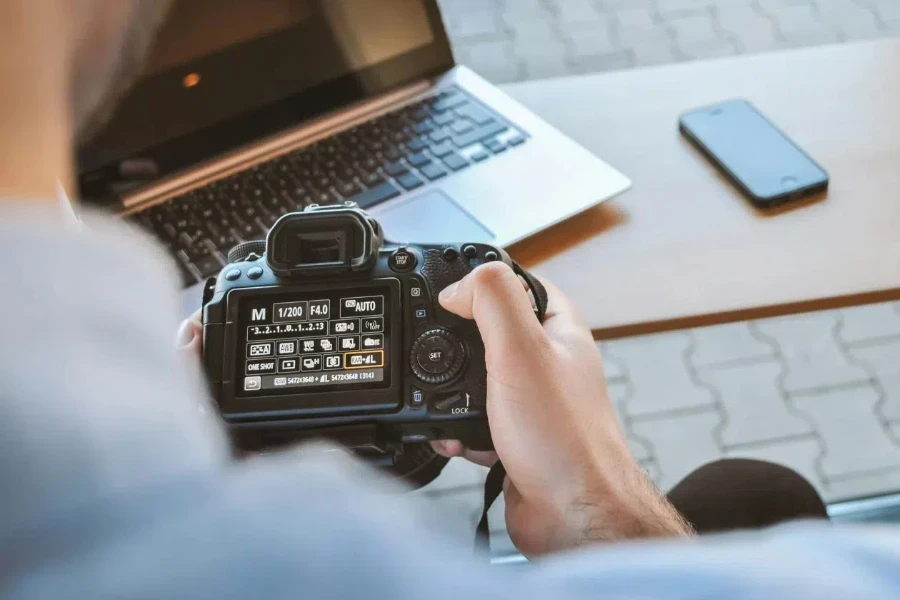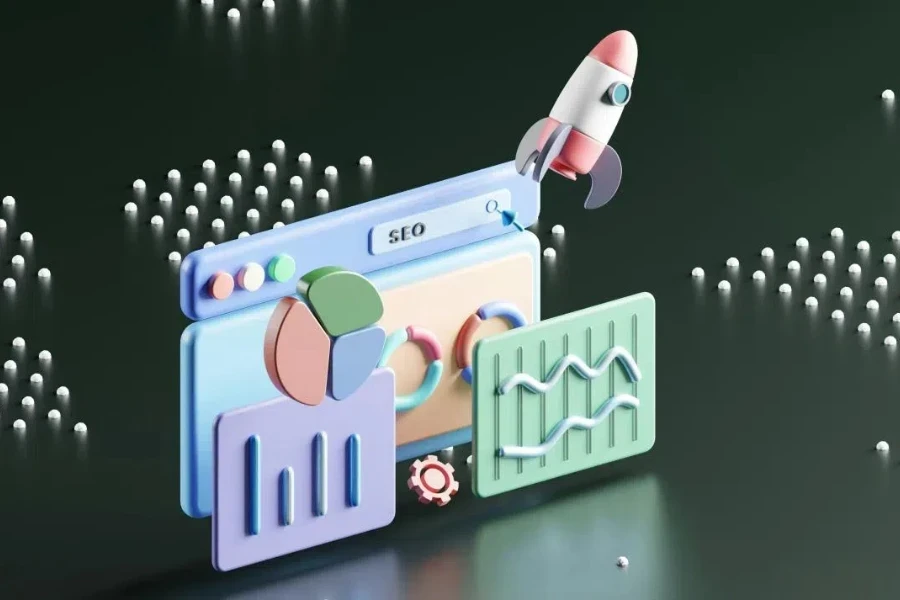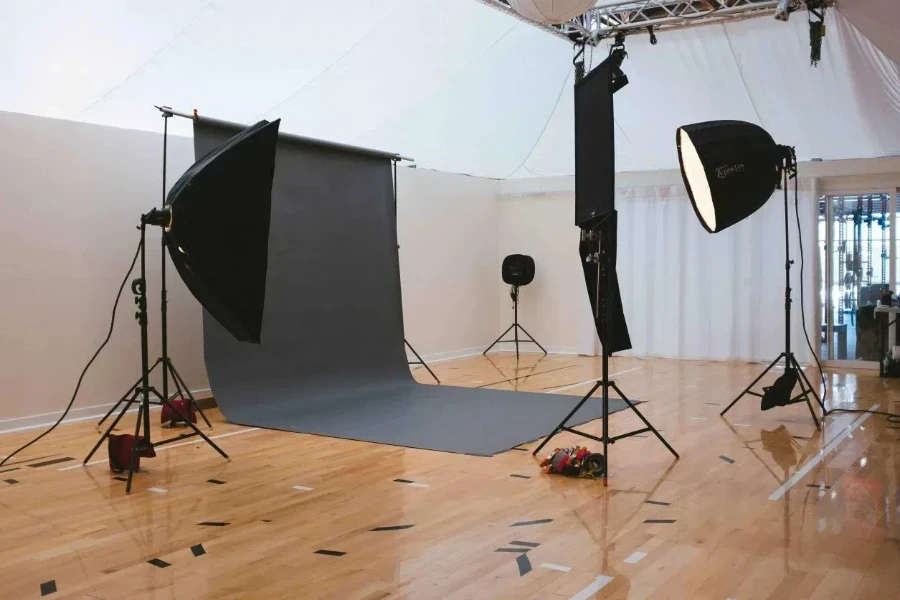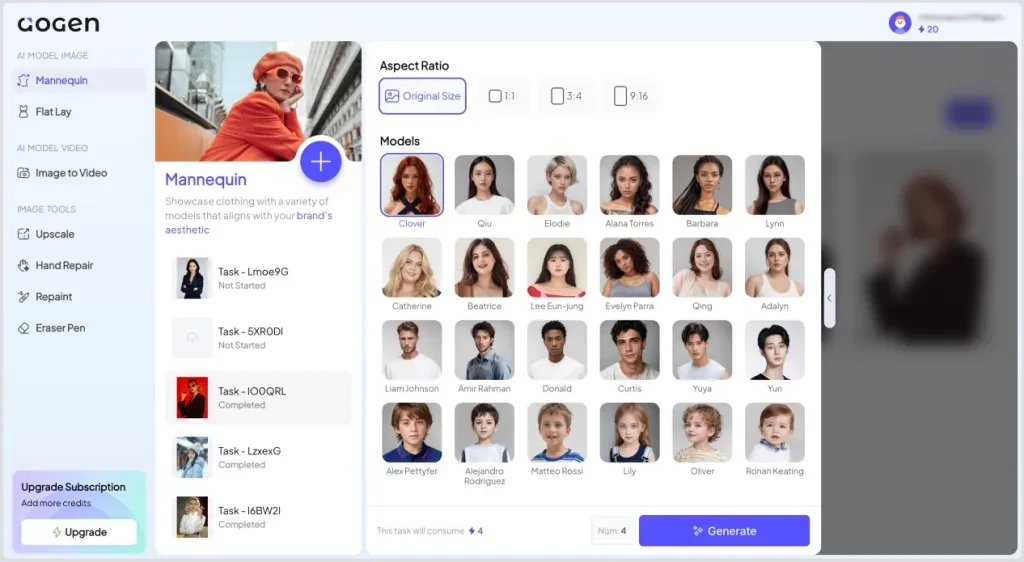When it comes to e-commerce, the first impression is everything, and this has never been more true. When the customers visit an online store, the product pictures are the first things that they get to see. High quality and professional product photos not only capture attention, but enable customers to see themselves using the product, thus decreasing the likelihood of returning the item.
This article will provide you with the best practices that can help you get the best results from your product images. We will cover it all about how you can come up with great visuals that will change the browsers to buyers.
Table of Contents
Why high-quality product images matter
Elements of an optimized product image
Ways of product image optimization
Various tools and resources for preparing great product photos
Case study: Before and after image optimization
Conclusion
Why high-quality product images matter
In the world of e-commerce, it is not enough to have products that are of high quality. It is shown by a research that 93% of consumers consider visual aspect as most important when making their decision to purchase. This means that the quality of your product images will determine the conversion rates that you are likely to achieve. It has been suggested that the customers are more likely to trust and buy from a store that offers clear and quality images of the products they sell.
Beyond selling, product images are vital in the formation of your brand’s identity. It is the first point of interaction with your brand and a wrong image will create a negative impression. High-quality images give the impression of increased professional credibility, touch, and create trust.
Also, using product images that are well optimized help enhance the overall experience of the customer when shopping. Good images enable the customers to see the product clearly, answer the possible questions that they may have, and get rid of some doubts, thus increasing satisfaction and decreasing the rate of returns.

Elements of an optimized product image
1. Lighting and clarity
One of the most important factors that have to be taken into consideration when it comes to product photography is lighting. Natural light can be used for certain products such as clothing or lifestyle goods while artificial light is suitable for all the other purposes. Natural light is very effective for products that are sensitive to lighting such as clothing or lifestyle products as it creates a very natural and warm look. Artificial light, on the other hand, is more consistent and allows for better control. This ensures that the product is adequately lit, avoiding dark zones or overexposed areas, making it more suitable for studio photography.
2. Background choice
The background of a product image is the surface which the product is placed on and it gives the audience a feel of the environment in which the image was captured. White background is one of the most common backdrops since it does not distract the eye and draws the attention to the product while giving it a very professional look. However, contextual backgrounds, such as lifestyle settings, can assist the customers to understand how the product will look like in its actual application. Both have their advantages and disadvantages: white backgrounds are useful and can be used on search engines while contextual backgrounds are more likely to appeal to the emotions. aoGen can help with this by creating AI-powered backgrounds that meet your requirements and are also time saving and ensure that the background is consistent.
3. Image composition
Composition is the process of structuring the picture and giving it a form that can be aesthetically pleasing to the eye. Some techniques that can be used to enhance the placement of the product include the use of the rule of thirds, symmetry and the use of negative space. Make sure there is enough space around the product so that it is not overcrowded and customers’ focus is on the product.

Ways of product image optimization
1. Name your image files strategically
When search engines index an image, they first analyze the file name. Avoid using meaningless names like ‘01.jpg’. Instead, try to use names that include keywords related to your item. For instance, if you are marketing a leather wallet, title the image as brown-leather-wallet. This makes it easier for the search engines to recognize the image and enhance the probability of being ranked.
2. Optimize file size for faster loading
Large images can make your web pages load slowly, and this will in turn affect the conversion rate and the search engine rankings. Compress your images without causing any loss of quality using tools such as TinyPNG or Photoshop.
3. Use alt tags effectively
Alt tags are very important for the purpose of making the web content more accessible and for the purpose of search engine optimization. Make sure that the alt tags are brief, relevant and should appropriately contain keywords like the following; “Alt: Brown leather wallet with card slots.”
4. Prioritize high-quality images
High quality images improve the patient experience, which is a major factor used by search engines to determine the rankings. This is because, clear and sharp images increase user engagement, decrease bounce rates, and make users spend more time on your site. This is a signal to the search engines that the content that you are providing is valuable and relevant to the search query.

Various tools and resources for preparing great product photos
1. Professional photography equipment or services
If you have the budget, you can use professional cameras and lighting equipment for your products which will greatly improve the quality of your photos. Professional photographers can be contacted in order to assure that the composition, lighting and post-production will be done in the best way possible. While this may entail spending more money at the beginning, the end result may be worthwhile, especially in increasing sales and boosting brand recognition.
2. AI tools for background creation and optimization
Such tools like aoGen are great especially for e-commerce sellers as they use artificial intelligence to help with backgrounds and images. They make the work of removing backgrounds, creating professional-looking backgrounds and optimizing images for various channels much easier and less time-consuming. It also helps those who may not be very conversant with the use of tools to save time and effort, especially in trying to get the best results.
3. Easy-to-use image editing software
When it comes to post-production, the options are vast, and there are several programs one can use. Adobe Lightroom is one of the best tools for professional-level adjustments of lighting, colors, and sharpness in an image, making it suitable for professional work. Canva, on the other hand, is easier to use and ideal for quick edits, adding media, or creating marketing materials such as text-based social media posts.
4. Cost-effectiveness and efficiency
These tools and resources are designed to suit everyone with different budgets and experience levels. Of all the tools, the AI tools and the beginner software are most economical since it allows the sellers to come up with quality images without having to employ the services of professionals or invest in costly camera equipment.

Case study: Before and after image optimization
A small online jewelry store had a low conversion rate even though it was on par with other similar stores. The problem was identified as the poor quality images of the products. The images captured by the company had poor lighting and a poor background, which failed to highlight the details of the jewelry. As a result, they gave the customer a bad impression and discouraged them from buying.
To this end, the store endeavored to enhance the product images that it had put up for sale. They procured good lighting equipment to take advantage of the sparkles and the texture of the jewelry and replaced the cluttered background with a plain white scene to ensure that the focus was on the products. Moreover, they used other applications such as Adobe Lightroom to edit the images by adjusting the brightness, contrast and sharpness.
The outcome was quite impressive. The store’s conversion rate increased by 25% within the first month. Many of the customers commented that the new images helped them to see the details and the quality of the jewelry thus building their confidence to buy.
Conclusion
Improving the product images remains one of the key activities that can greatly improve the performance of an e-commerce business.
Now is the time to act! Check your current product images and assess the areas that can be improved. It is important to note that even small changes can bring big results to your sales and brand reputation.
In order to come up with good results, it is recommended to use tools such as aoGen that generates professional backgrounds using artificial intelligence. Get to work and improve your product images and see the effects that it will have on your business.






 Afrikaans
Afrikaans አማርኛ
አማርኛ العربية
العربية বাংলা
বাংলা Nederlands
Nederlands English
English Français
Français Deutsch
Deutsch हिन्दी
हिन्दी Bahasa Indonesia
Bahasa Indonesia Italiano
Italiano 日本語
日本語 한국어
한국어 Bahasa Melayu
Bahasa Melayu മലയാളം
മലയാളം پښتو
پښتو فارسی
فارسی Polski
Polski Português
Português Русский
Русский Español
Español Kiswahili
Kiswahili ไทย
ไทย Türkçe
Türkçe اردو
اردو Tiếng Việt
Tiếng Việt isiXhosa
isiXhosa Zulu
Zulu